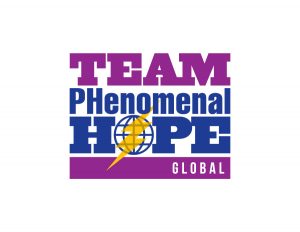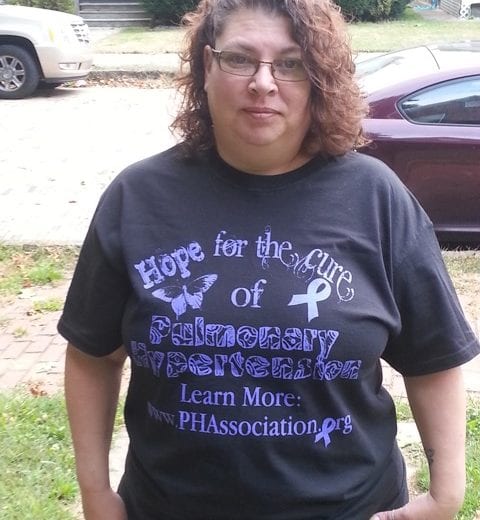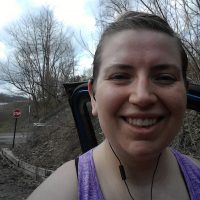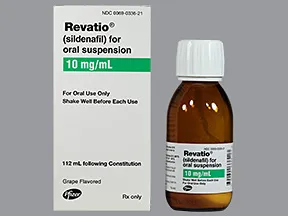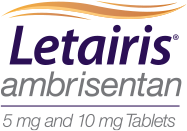On Monday, February 19 I did a blog on the different medications for Pulmonary Hypertension.
As will all medications, many of them have adverse side effects and every patient is affected differently when dealing with these medications.
One of my group members asked if I would touch base on what each medications side effects are, so here we go Stacie, thanks for the recommending this Topic :-)
Flolan side effects:
nausea,
vomiting,
diarrhea,
dizziness,
headache,
flushing (redness, warmth, or tingly feeling),
sweating,
stomach pain,
jaw pain,
muscle or joint pain,
injection site reactions (pain, redness, swelling),
anxiety,
nervousness, or
agitation.
Contact your doctor if you have severe side effects of Flolan including:
fever
trouble breathing
fainting
chest pain
irregular heart rate
coughing up blood
Tracleer side effects:
Less serious side effects may include:
headache
flushing
swelling of the feet, ankles, or legs
dizziness
upset stomach
fatigue
itching
Call your doctor at once if you have any of these serious side effects:
nausea, stomach pain, loss of appetite;
dark urine, clay-colored stools; or
jaundice (yellowing of the skin or eyes)
Remodulin side effects: (Both IV and Sub Q)
Less serious side effects may include
pain, swelling, redness, bleeding, or a hard lump where your catheter is placed
dizziness
mild skin rash
headache or jaw pain
flushing (warmth, redness or tingling)
diarrhea or nausea
Call your doctor at once if you have any of these serious side effects:
new or worsening PAH symptoms such as feeling short of breath (even with mild exertion), tiredness, chest pain, and pale skin
swelling in your hands or feet
feeling like you might pass out
Ventavis side effects:
Less serious side effects may include:
flushing (warmth, redness, or tingly feeling)
increased cough
nausea, vomiting, diarrhea
headache, dizziness
muscle cramps, back pain
sleep problems (insomnia)
tongue pain, jaw tightness or pain, trouble chewing or speaking
altered sense of taste
Call your doctor at once if you have a serious side effect such as:
feeling like you might pass out
pounding heartbeats or fluttering in your chest
coughing up blood
unusual bleeding (nosebleeds, bleeding gums)
fever, chills, cough with yellow or green mucus
chest tightness, stabbing chest pain, wheezing, feeling short of breath
anxiety, sweating, pale skin, severe shortness of breath, wheezing, gasping for breath, cough with foamy mucus, chest pain, fast or uneven heart rate
Sildenafil side effects:
warmth or redness in the face, neck, or chest
stuffy nose
headache
stomach pain
upset stomach
nausea
diarrhea
memory problems
back pain
an inability to differentiate between the colors green and blue
loss of hearing
ringing in the ears
and dizziness
Stop using sildenafil and call your doctor at once if you have a serious side effect such as:
sudden vision loss
ringing in your ears, or sudden hearing loss
chest pain or heavy feeling, pain spreading to the arm or shoulder, nausea, sweating, general ill feeling
irregular heartbeat
swelling in your hands, ankles, or feet
shortness of breath
vision changes
feeling light-headed, fainting
Letairis side effects:
headache
stomach pain, vomiting, constipation
stuffy nose, sinus pain, sore throat
warmth, redness, or tingly feeling under your skin.
Call your doctor at once if you have a serious side effect such as:
anxiety, sweating, pale skin, severe shortness of breath, wheezing, gasping for breath, cough with foamy mucus, chest pain, fast or uneven heart rate
swelling of the feet, ankles, or legs
pounding heartbeats or fluttering in your chest
nausea, upper stomach pain, itching, loss of appetite, dark urine, clay-colored stools, jaundice (yellowing of the skin or eyes).
Adcirca side effects:
redness or warmth in your face, neck, or chest;
cold symptoms such as stuffy nose, sneezing, or sore throat;
headache;
memory problems;
diarrhea, upset stomach; or
muscle pain, back pain
Stop using tadalafil and call your doctor at once if you have any of these serious side effects:
changes in vision or sudden vision loss
ringing in your ears, or sudden hearing loss
chest pain or heavy feeling, pain spreading to the arm or shoulder, nausea, sweating, general ill feeling
irregular heartbeat
shortness of breath, swelling in your hands or feet
seizure (convulsions)
feeling light-headed, fainting
Tyvaso side effects:
cough, sore throat
pain or irritation in your throat after use
dizziness
nausea, diarrhea
headache
flushing (warmth, redness or tingling)
Call your doctor at once if you have:
a light-headed feeling, like you might pass out
easy bruising or bleeding (nosebleeds, bleeding gums), or any bleeding that will not stop
unexpected vaginal bleeding
coughing up blood or vomit that looks like coffee grounds
blood in your urine or stools, black or tarry stools
Adempas side effects:
headache
dizziness
indigestion
upset stomach or stomach pain
swelling of the legs and feet
nausea
diarrhea
nausea
vomiting
dizziness
low blood pressure (hypotension)
low levels of iron in the blood (anemia)
gastroesophageal reflux disease (GERD)
constipation
palpitations
stuffy nose
nosebleed
difficulty swallowing
abdominal bloating
swelling of the extremities
The following serious adverse reactions are discussed elsewhere in the labeling:
Embryo-Fetal Toxicity [see WARNINGS AND PRECAUTIONS]
Hypotension [see WARNINGS AND PRECAUTIONS]
Bleeding [see WARNINGS AND PRECAUTIONS]
Opsumit side effects:
low red blood cell count (anemia)
common cold-like symptoms (stuffy nose or sore throat)
bronchitis
headache
flu
urinary tract infection
Clinically significant adverse reactions that appear in other sections of the labeling include:
Embryo-fetal Toxicity [see WARNINGS AND PRECAUTIONS]
Hepatotoxicity [see WARNINGS AND PRECAUTIONS]
Fluid Retention [see WARNINGS AND PRECAUTIONS]
Decrease in Hemoglobin [see WARNINGS AND PRECAUTIONS]
Orenitram side effects:
headache
nausea
diarrhea
flushing
jaw pain
pain in the extremities
low blood potassium (hypokalemia)
abdominal discomfort
Please read your FDA insert for other side effects, as this is the only information that I found available without having to post a long explanation. More information can be found here: https://orenitram.com/
Uptravi side effects:
Headache
Diarrhea
Jaw pain
Nausea
Myalgia
Vomiting
Pain in extremity
Flushing
Arthralgia
Anemia
Decreased appetite
Rash
Please read your FDA insert for other side effects, as this is the only information that I found available without having to post a long explanation. More information can be found here: https://www.uptravi.com/
Veletri side effects:
flushing (warmth, redness, or tingly feeling)
nausea, vomiting, diarrhea, stomach pain
headache or jaw pain
joint or muscle pain
dizziness, sweating
feeling anxious, nervous, or agitated
Call your doctor at once if you have a serious side effect such as:
fever, flu symptoms, mouth and throat ulcers, rapid heart rate, rapid and shallow breathing, fainting
chest pain, trouble breathing
fast, slow, or uneven heart rate
pale skin, easy bruising, unusual bleeding (nose, mouth, vagina, or rectum), purple or red pinpoint spots under your skin
blood in your urine or stools
coughing up blood
feeling like you might pass out
numbness or increased sensitivity anywhere in your body
DISCLAIMER: These are not a complete lists of side effects and others may occur. Call your doctor for medical advice about side effects. You may report side effects to FDA at 1-800-FDA-1088

I hope this information helped you to get an understanding of the different types of side effects we as Patients deal with on a daily basis. Next blog: Daily living with PH 😊💜

